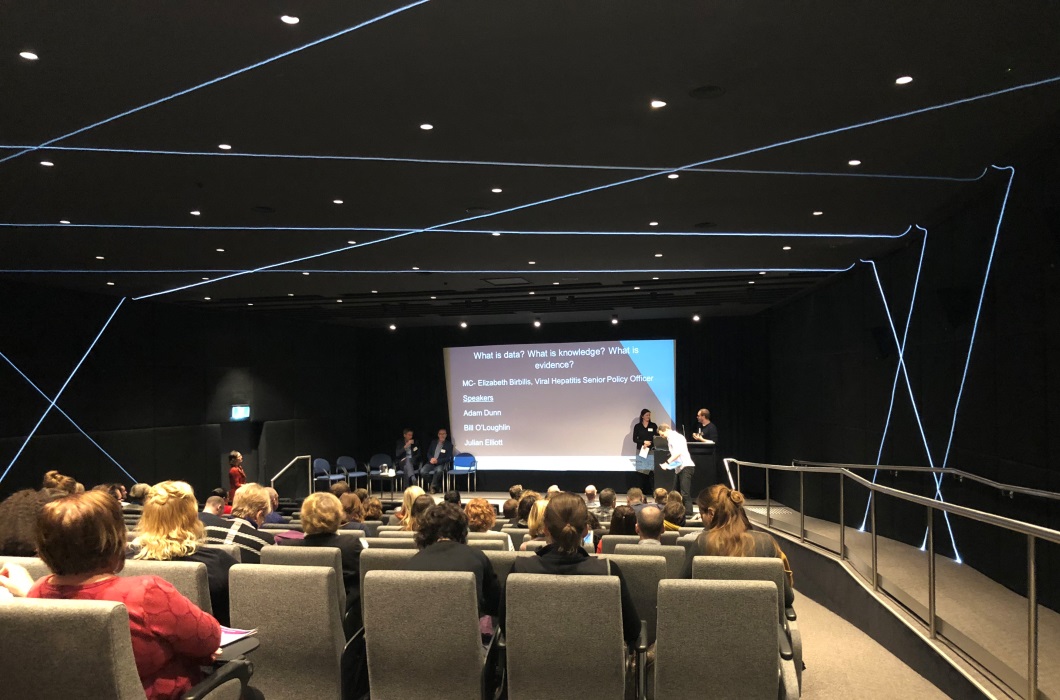In a rapidly changing prevention and treatment landscape, ensuring no one is left behind is exceedingly complex.
Blood borne viruses and sexually transmissible infections have long revealed, at a population level, those communities who have been left behind or excluded in a variety of ways from equal participation in society. Our collective job is to better understand the forces that produce inequity and use this knowledge to improve health outcomes for the communities we work alongside. Essential to this work is our capacity to understand and use data to influence health outcomes for our communities.
Over one hundred people working and connected to the blood borne virus and sexually transmissible infections sector attended the 6th Annual BBV/STI forum in June 2018. With the theme 'Using data to address inequity #LeaveNoOneBehind' we heard from academics, researchers, people with lived experience, funded agencies and government about the breadth of issues and challenges that surround using data to understand vulnerability.
Attendees were challenged:
- to be agile;
- to be aware of how data is being used in new and innovative ways
- to understand how data may not fully represent the picture we think we are seeing
- to consider how data can be used to inform public health action, policy and planning
- to be cognisant of the language and framing that we use when collecting and using data and
- to harness the successes of data being used to drive community based approaches.
The forum also showcased two new DHHS mapping tools available that allow our disease notification data and BBV/STI service system to be mapped, analysed, and used more effectively for program and service delivery planning.
Please contact the BBV/STI team if you are interested in receiving more information on the mapping tools and a link to the presentations.
Submit your story!
